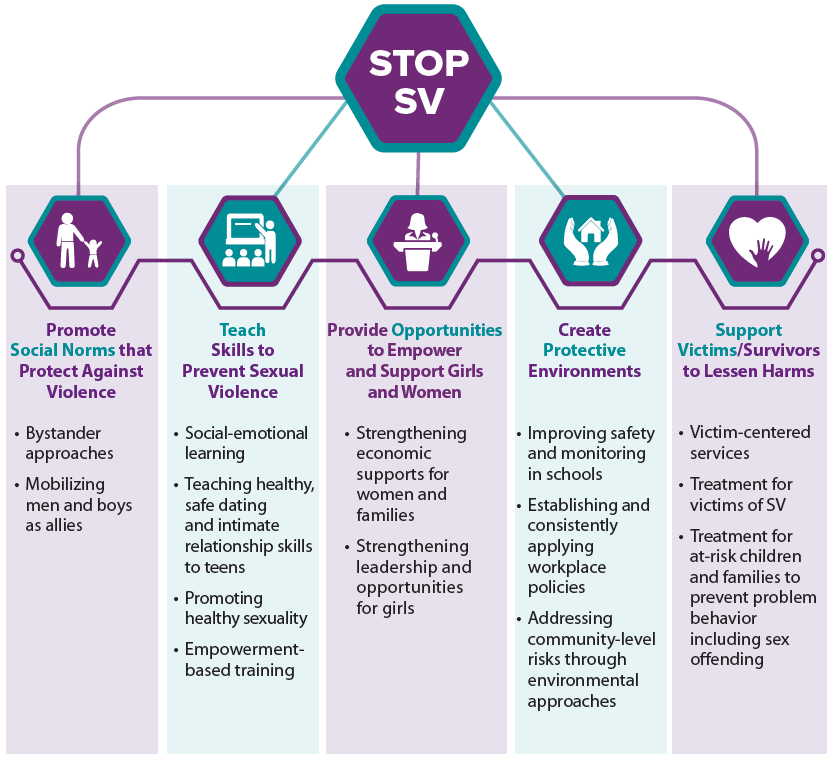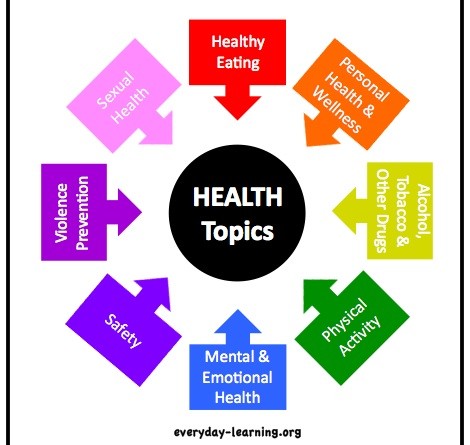What Works: Sexual Health Education a systematic, effective way schools can provide adolescents the essential knowledge and critical skills needed to decrease sexual risk behaviors.
National Sexuality Education Standards The goal of the National Sexuality Education Standards: Core Content and Skills, K–12 is to provide clear, consistent and straightforward guidance on the essential minimum, core content for sexuality education that is developmentally and age-appropriate for students in grades K–12.
HECAT: Module Sexual Health (SH) Curriculum This module contains the tools to analyze and score curricula that are intended to promote sexual health and prevent sexual risk-related health problems, including teen pregnancy, Human Immunodeficiency Virus (HIV) infection, and other sexually transmitted diseases (STDs), regardless of sexual orientation.
Developing a Scope and Sequence for Sexual Health Education, Atlanta: CDC; 2016 This document was prepared by the Centers for Disease Control and Prevention (CDC), National Center for HIV/AIDS, Viral Hepatitis, STD, and TB Prevention (NCHHSTP), Division of Adolescent and School Health (DASH) with technical and editorial assistance provided by CDC-funded partners and other external experts in field of school health education. CDC acknowledges Dr. Susan Telljohann for her contribution to the steps and examples described in this document.
CDC Fact Sheet for Sexual Health Education Scope & Sequence A sexual health education scope and sequence identifies what students should know and when it should be taught for each grade or grade group to lower students’ risk of HIV, STD, and teen pregnancy. The scope and sequence is an essential part of the curriculum framework and serves as a guide for curriculum directors, administrators, teachers, parents, and school board members.
Health Considerations for LGBTQ Youth Lesbian, gay, bisexual, transgender, and queer/questioning (LGBTQ) youth are part of every community, come from all walks of life, and are present in every racial, ethnic, socioeconomic, and geographical group. While many LGBTQ youth transition from childhood to adulthood successfully and become healthy and productive adults, others are negatively impacted as a result of many factors; for LGBTQ youth, social stigma about their sexual choices or identities can be particularly difficult. Stigma comes in many forms, such as discrimination, harassment, family disapproval, social rejection, and violence. This puts LGBTQ youth at increased risk for certain negative health outcomes.
Additional resources are available on the CDC website for Adolescent & School Health
Advocates for Youth
Growth and Development, Ages Nine to Twelve: What Parents Need to Know
Growth and Development, Ages 13 – 17: What Parents Need to Know
Sex Education Collaborative Professional Learning Standards for Sex Education Assessment Tool
New Mexico Resources
New Mexico Sexuality Education Curriculum Worksheet
Other Resources
Checklist: 15 Characteristics of Effective Health Education
Healthy Teen Network Tip Sheet: Gender, Sexuality, & Inclusive Sex Education Assuming someone’s gender identity or sexual orientation based on how they look, assuming that all young people are only attracted to the “opposite” gender, teaching that there are only opposite genders (boys and girls, and ignoring others). These are all examples where sex education may make youth of different identities, genders, or orientations not feel included. These assumptions relate to several areas of people’s identities and experiences, including sex, sexual orientation, sexual behavior, gender roles, gender identity, and gender expression (see definitions and distinctions, below). Inclusive sex education means a change both in thinking and in language for these identities and experiences. This tip sheet reviews key concepts and definitions, tips for being more inclusive, and frequently asked questions regarding gender, sexuality, and sex education.
Affirmative Consent 
Teach Consent provides resources for educators and parents about teaching youth concrete skills related to consent which can reduce the incidence of sexual assault, coercion and harassment.
Teaching Affirmative Consent: Practical Guidelines to Increase Student Understanding This guide developed by ETR provides schools with information and sample lesson plans and discussion guide for teachers on affirmative consent.
Sexual Consent This document was developed by Planned Parenthood and provides youth with information about the meaning of consent and how to talk about it.
Teaching Young People about Consent: Elizabeth Schroeder Document was developed by the Act for Youth Center of Excellence and provides tips for teaching about consent.
Sexual Violence
Preventing Sexual Violence Fact Sheet This fact sheet developed by the CDC provides an overview of sexual violence and prevention strategies.
Stop SV: A Technical Package to Prevent Sexual Violence This CDC toolkit provides resources and strategies for families, schools and communities to prevent sexual violence

